Prune Euphorbia Soon After Flowers Fade In Early Autumn, Argue These Experts
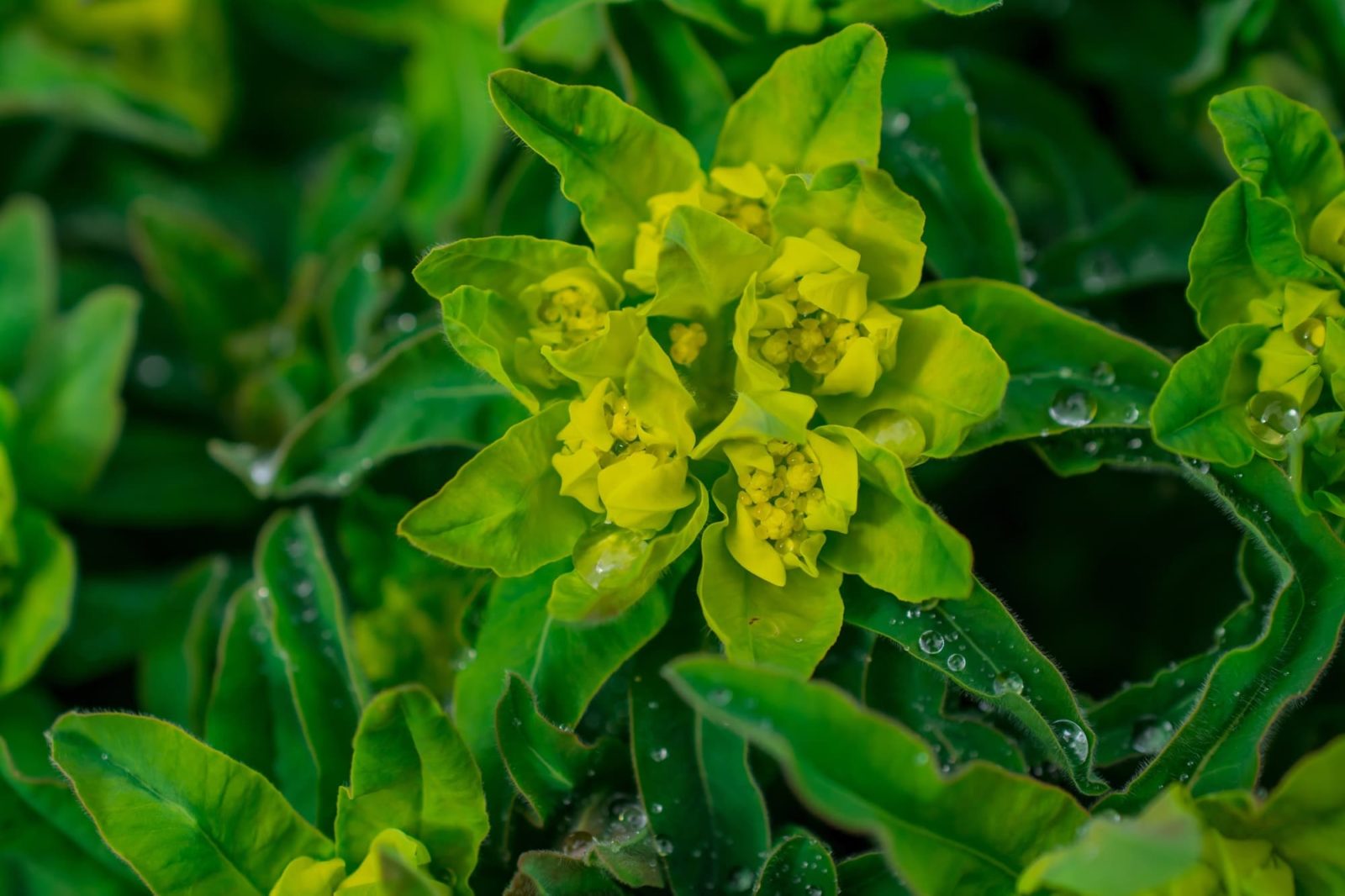
PERENNIALS > EUPHORBIA > PRUNING

Elizabeth is a Permaculture Garden Designer, Sustainability Consultant and Professional Writer, working as an advocate for positive change. She graduated from the University of St. Andrews with an MA in English and Philosophy and obtained a Diploma in Applied Permaculture Design from the Permaculture Association.
Reviewed By DAN ORI

Dan has over 27 years’ under his belt caring for plants and gardens. Working as a Horticultural Instructor and Consultant, he draws on a diverse range of experience that includes working as a Head Gardener, Tree Surgeon, Garden Centre Trouble Shooter, and writer of academic papers. Dan has a Level 3 Diploma in Horticulture and is currently a candidate for the RHS’s most prestigious award – The Master of Horticulture.
IN THIS GUIDE
EUPHORBIA GUIDES
Propagation
Pruning
Varieties
Euphorbias are varied plants within the same genus that can require rather different growing conditions and care.
When thinking about any element of euphorbia care, it is important to consider which specific type and variety you are growing.
Understanding the specific environmental preferences and needs of your specific euphorbia can be important when it comes to placement, watering and more.
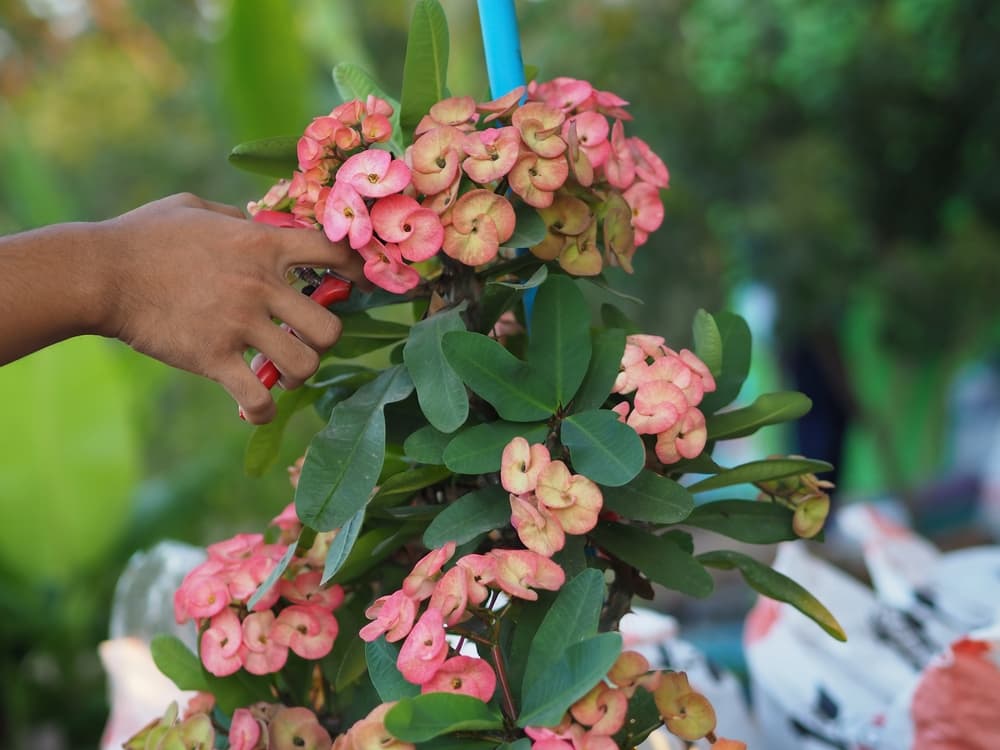
Pruning is another key area where there are no general rules and we need to look more specifically in order to determine what to do.
| Difficulty | Medium |
| Equipment Required | Secateurs, pruning shears or gardening scissors, gardening gloves |
| When To Prune | Summer or autumn |
Do You Need To Prune Euphorbia?
Whether or not you need to prune Euphorbias very much depends on which type and variety you are growing.
Some euphorbias do not need to be cut back or pruned at all, whilst others will perform best if pruned or cut back correctly.
Euphorbia is a large genus including some plants which are shrub-like with a permanent framework of branches; some which are herbaceous plants.
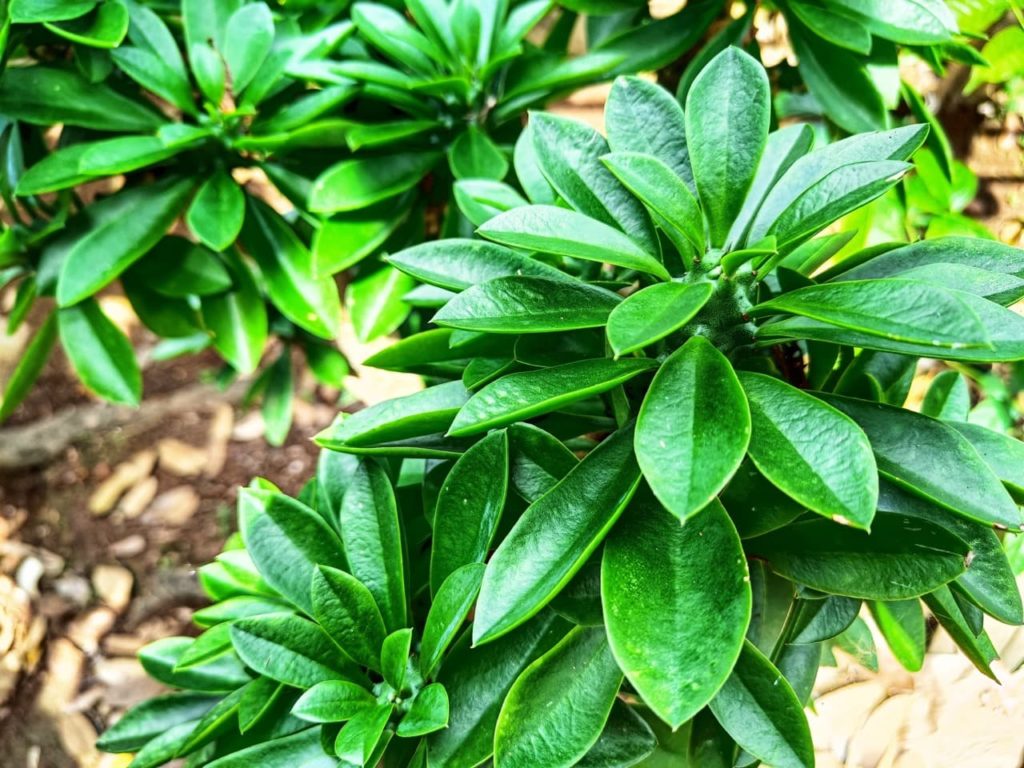
With such a varied group of plants, it is certainly important to distinguish between the different types so that you do not follow the wrong pruning guidelines.
Within this one guide, it would be difficult to cover the hundreds of euphorbias that might be grown individually.
Fortunately, many of the Euphorbia commonly grown in British gardens can be divided into three different groups for their pruning requirements.
Prune Once Flowers Fade
Timings will also very much depend on which euphorbia you are growing.
However, with many Euphorbias, the time for pruning is either once the flowers fade or soon thereafter.
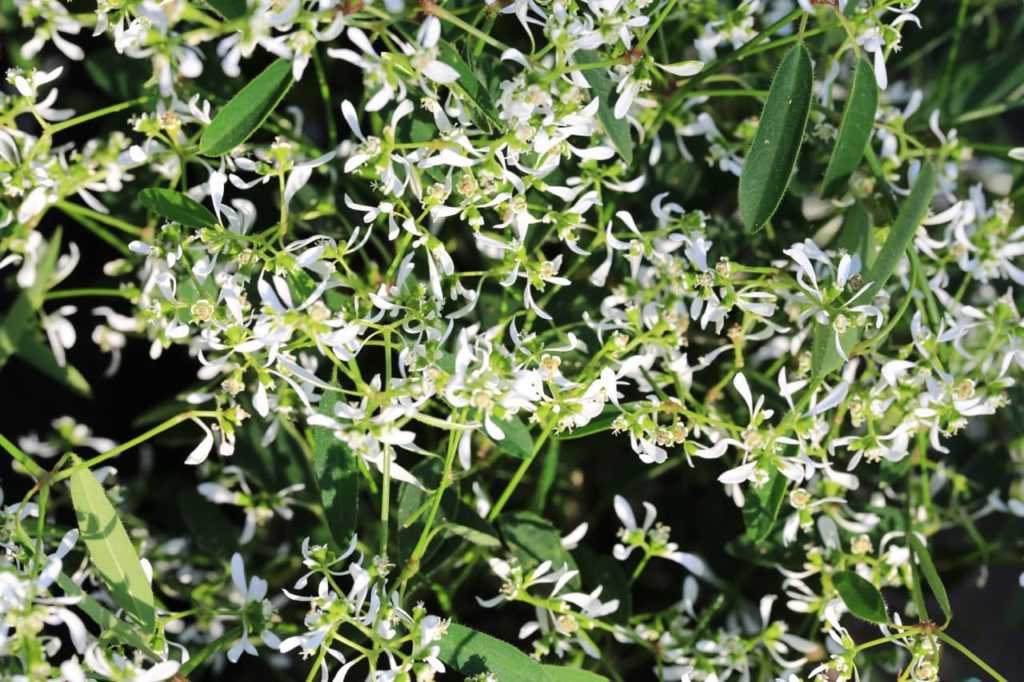
With some types, the processes of pruning and deadheading are pretty much one and the same.
So, while the details vary somewhat, the pruning of Euphorbias generally takes place in the late summer or autumn months.
Pruning Evergreen Euphorbias
Certain evergreen Euphorbias typically just need to be trimmed back immediately after flowering.
This type of pruning pertains to:
- E. amygdaloides
- E. ‘Blackbird’
- E. mellifera
- E. x pasteurii
- E. ‘Redwing’
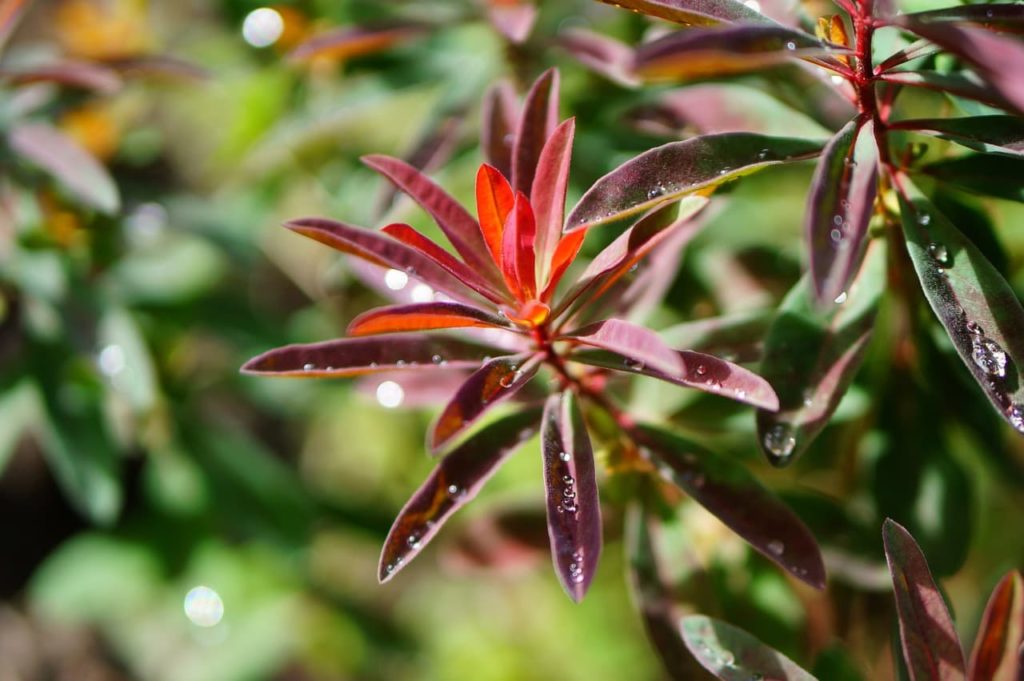
Pruning in the case of these Euphorbias is simply deadheading and, other than removing the spent flowers and the upper portions of the flowering stems, no further cutting back or pruning is required.
To cut back these Euphorbias, wait until the bracts surrounding the flowers turn completely brown, then remove the tops of the flowering stems, cutting back to the first ring of leaves below.
Pruning Euphorbias With Biennial Stems
Some types of Euphorbia produce biennial stems.
In other words, they have two different types of shoots: those that grew the previous season on which flowers will form and those that grew during the present growing season.
These types include:
- E. characias
- E. x martini
- E. myrsinites
- E. rigida
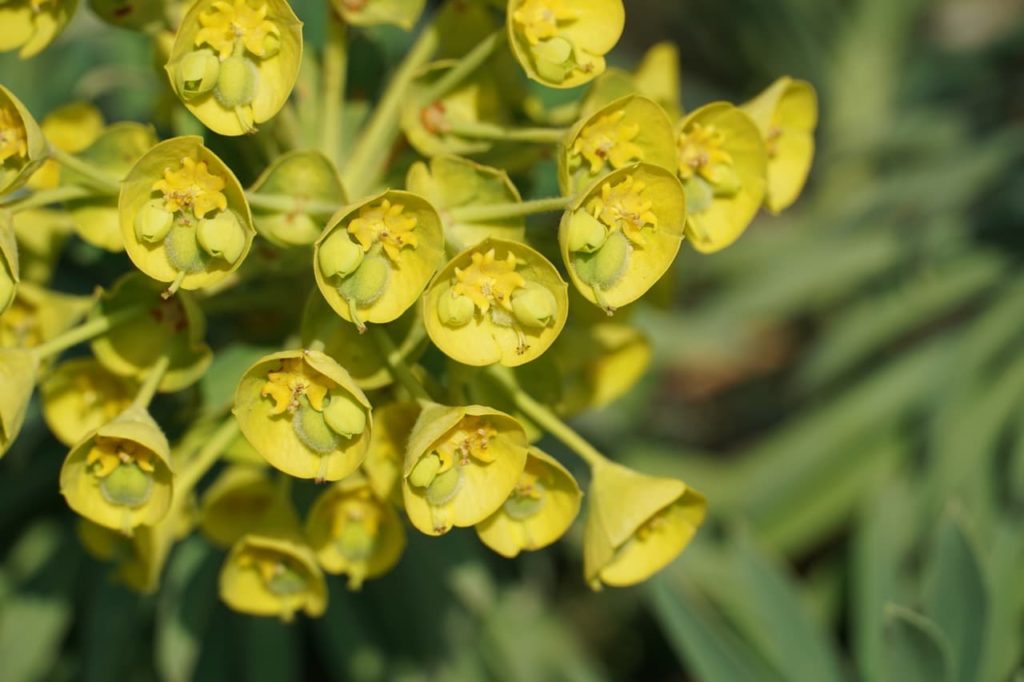
The idea is that you should cut down the growth of the previous season, on which the flowers form.
Cut these back to the ground in the late summer or autumn but leave the present season’s growth in place, as this will flower next year.
Pruning Herbaceous Perennial Types
When it comes to the herbaceous perennial Euphorbias, flowers are deadheaded once they fade.
The euphorbias include:
- E. cyparissias
- E. epithymoides
- E. griffithii
- E. palustris
- E. sikkimensis
- E. villosa
- E. wallichii
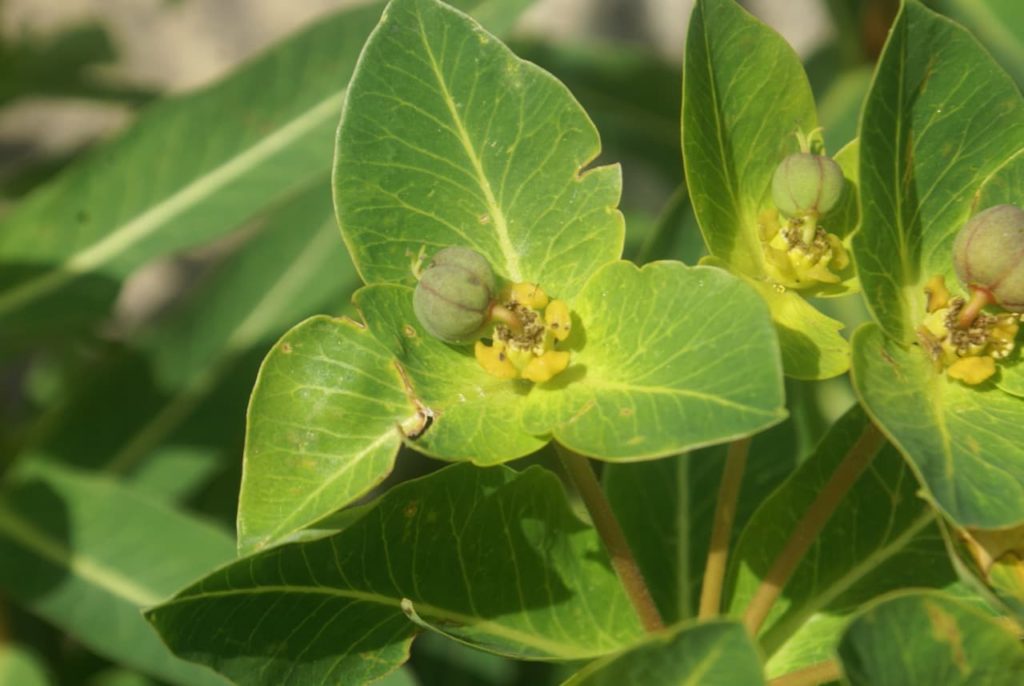
The whole of the plant is then cut to the ground later.
You can cut back the entire plant to ground level before the first frosts or let the dead stems stand over the winter months to benefit wildlife, before cutting back early in the spring before new growth begins to emerge.
“When pruning Euphorbia, long sleeve tops, gloves and washing your hands afterwards are recommended as the sap is phototoxic (activated by sunlight),” shares Master Horticulturist Dan Ori.
These simple tips above should help you make sure that you prune, cut back or deadhead your Euphorbias correctly and do not do any harm to your plants.
